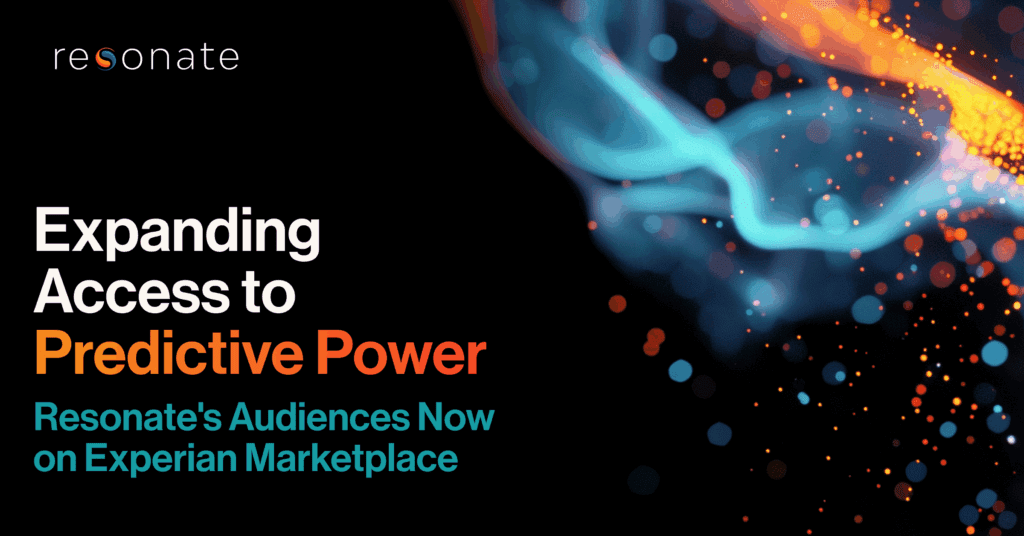To say the gloves are off in Georgia’s 6th Congressional District is an understatement. This thing was bareknuckle from the start. The question is, how did this big of a fight break out to begin with?
Recent reports show the special election soon to be held in metro Atlanta to replace Tom Price, Health and Human Services Secretary and former Republican GA-06 Congressman, has already proven to be the most expensive U.S. House race ever. For both sides, this race represents a bellwether bout for what lies ahead in the 2018 midterms. A victory in the 6th will be a momentous shot in the arm for the prevailing party.
While cash is king for a candidate looking to go the distance, campaigns making significant ad buys in any competitive district should place a premium on strategy and precision. Flurries of political ads intended to deliver the knockout punch should be cautious of solely relying on demographic data to drive their targeting and messaging strategies. Such a universal approach runs a high risk of failing to establish connections with the right voters and getting lost in the political ad carousel. In a highly saturated local market, investing in finding the right voters and customizing messaging to their core values and motivations will optimize impact and serve as a blueprint for victory.
To understand the competitive landscape in GA-06, perhaps we should start with the 2016 election results. Just six months ago, voters reelected their former Republican Congressman Tom Price by an impressive 23% margin, although only choose Donald Trump by a razor margin of 1.5%. On one hand, we could dismiss this level of down-ballot behavior shift given 380/393 of House incumbents were reelected in 2016, which makes for an average 97% win rate for team incumbency (job security – a great benefit of working in Washington!) Also, when you consider the average margin of victory for all 2016 House races was 31%, the practice of running up the score and incumbent triumphs has become the norm in House elections. On the other hand, the November results in GA-06 compared to today’s on the ground reality shows just how quickly a district can flip from “Safe” to “Toss-up”. These type of political pendulums highlight the speed and accuracy required, in minimal time frames, to establish real connections with evolving electorates.
While the majority of recent GA-06 headlines have focused on the influx of outside cash, we were curious to see what Resonate’s data said about the individuals inside the district. By fusing the nation’s largest proprietary voter survey with dynamic behavioral analysis, we quickly identified GA-06 voters who frequently vote in non-presidential elections. We then analyzed real time insights that provided a holistic understanding of the country’s most courted voters.
Here’s some of what we found:
Roughly 50% of these voters self-identify as Independents while self-identified Republicans slightly outnumber Democrats by 9%
“Self-identify” is the key term to flag here. In the state of Georgia, Republicans claim the state bleeds red and authenticate by pointing to a string of modern victories at the Presidential, U.S. Senate and Gubernatorial levels. However, Democrats have claimed their party actually outnumbers Republicans in the Peach State and blame voter turnout as the failure to convert at the statewide level. This low voter turnout assertion gives credence to the massive spending strategy executed by Democrats in last month’s all-party primary where they pooled resources behind a single candidate while the Republicans spread out votes to their crowded field. The unified move almost handed Democrats a single vote majority, which would have won them the district and avoided the June 20th run-off with the top Republican vote getter.
The fact is both parties’ claims of partisan majorities can be substantiated because the Georgia Secretary of State’s office does not keep records on party preference. In the absence of access to even the most basic voter intelligence, data that can accurately predict the political leanings of likely voters can give a campaign a substantial competitive advantage.
Armed with this data, we can begin to break down the volatile landscape in GA-06. For starters, if we know that half of the district’s voters identify as Independents then we’re not surprised Romney won the district by 23% and Trump barely carried the same voters. The data also validates the district’s rapid transition from “Safe” to “Toss-up”, even in a 435 seat House of Representatives where just 5% of all districts were considered battlegrounds in 2016.
To gain a deeper understanding of GA-06, we looked across the map to MN-02, a true 2016 House battleground that had one of the smallest margins of partisan victory (1.8%). Like Georgia, Minnesota does not file voters’ party affiliation. To benchmark consistently across both districts, we focused on frequent MN-02 voters in non-presidential elections.
Here’s what we found:
- Roughly 29% of voters in MN-02 self-identify as Independents and Republicans outweigh Democrats by roughly 15%
While the data validates MN-02’s own independent flare, our GA-06 voters nearly double in the amount of Independents. On the partisan level, GA-06 also shows a smaller margin between the two major parties.
By benchmarking GA-06 against a 2016 battleground like MN-02, a district that had a margin of victory 13x smaller than GA-06, we better understand how a safe seat not only penetrated a very selective group of swing districts, it quickly became the fiercest battle on the map.
GA-06 voters are awake at the ballot and ads should respect that
When you combine the sovereign voter spirit in GA-06 with record-setting election spend, it’s clear that campaigns should capitalize on cash flow by engaging the right voters at an individual level. As the data reinforces, assuming GA-06 voters can easily be persuaded by barrages of party line messages is a critical error. While blanket approaches are often seen as the most effective Get-Out-The-Vote tactic when cash is high and time is short, failing to invest in precision targeting and custom messages can severely hinder optimization.
However, speed is a political necessity and special elections like this are a dead sprint. By having access to data that identifies persuadable audiences and the ad-concepts capable of influencing votes, campaigns can maintain an aggressive pace while activating with purpose.
When we take a deep look at frequent non-presidential year voters in GA-06, Resonate insights reveal:
- BIPARTISANSHIP: the ability to reach across the aisle is a top consideration when considering a candidate.
- HOMELAND SECURITY: when compared to the average voter in Georgia, this audience is 55x more likely to vote for a candidate based on their Homeland Security platform.
- ENTITLEMENT PROGRAMS: federal programs like Social Security and Medicare can be likely drivers in candidate choice and roughly 33% of these voters are retirees.
- CHARITY: charitable engagement is very important and 67% of these voters made a donation in the past year.
- CLIMATE CHANGE: 80% of these voters believe a balanced regulatory approach is the ideal solution to addressing climate change.
These are just a few examples of meaningful insights campaigns can leverage to establish connections with voters likely to cast ballots in the upcoming race.
After witnessing a historic top of the ticket race last November and now the unprecedented activity in the southern bellwether, campaigns nationwide are recognizing they need to be ready for the unpredictable. Staying flexible with dynamic models and relevant voter data will keep campaigns on their toes and prepared to turn unpredictability into opportunity.
Resonate fuses the nation’s largest proprietary voter survey data with dynamic behavioral analysis to generate the most accurate, real-time insights and predictive modeling at scale. Our end-to-end data, analytics and digital media activation solution unifies strategy and action to drive campaign wins.



